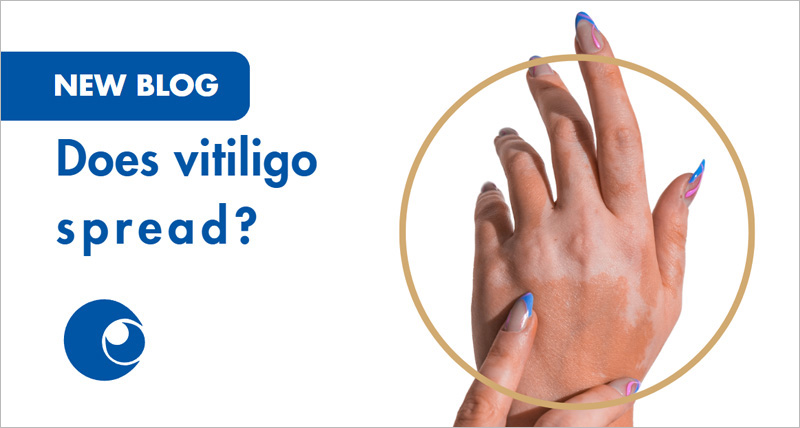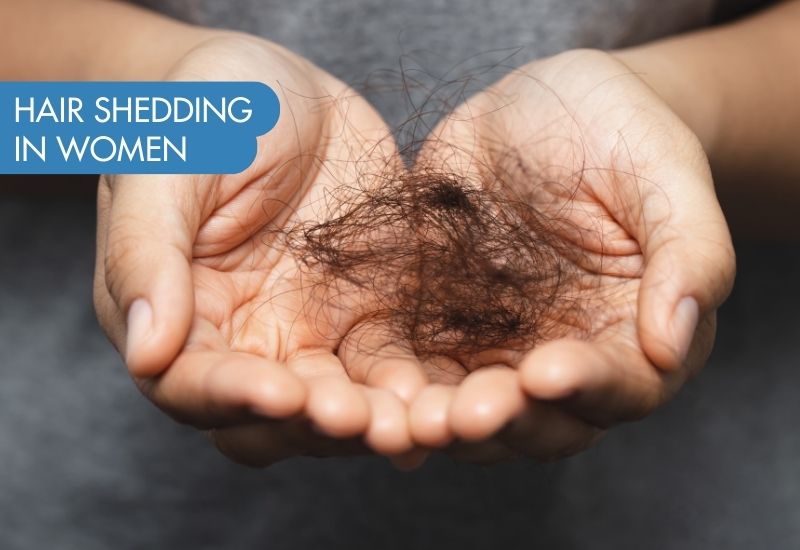Vitiligo creates pale patches of skin that stand out from your usual skin tone. It’s a very visible condition, which can make you feel self-conscious. Vitiligo can trigger anxiety and depression. You may also fear the condition spreading and covering even more of your body.
What is vitiligo?
Vitiligo is a long-term skin condition characterised by loss of pigment, resulting in white patches. This condition occurs when melanocytes, the cells responsible for your skin colour, are destroyed or stop functioning.
Vitiligo can affect people of all skin tones and ages, and while it is not physically harmful, it can have a significant emotional impact due to its visible appearance.
What causes vitiligo?
Vitiligo is an autoimmune condition, meaning your body’s immune system mistakenly attacks some of your own cells – in this case, the melanocytes.
Though the exact cause of vitiligo is still unknown, research suggests a combination of genetic, autoimmune, and environmental factors. Some people may have a family history of vitiligo or related autoimmune conditions. You may be at higher risk of developing vitiligo if you have other autoimmune conditions like type 1 diabetes, thyroid disease or rheumatoid arthritis.
Can vitiligo spread?
Vitiligo cannot spread from one person to another (it’s not contagious) but it can spread to different parts of your body. It may flare up in response to things like stress, sunburn or chemical exposure.
Focal vitiligo is characterised by isolated patches in a specific area of the body. It tends to remain localised and does not spread widely.
Non-segmental vitiligo does spread but usually it progresses slowly. New patches may come and go throughout your life. It can affect both sides of your body, such as both knees or both hands.
Segmental or unilateral vitiligo affects one side of your body and tends to lead to rapid pigment loss in the first 6-12 months. After this, your condition may stabilise and the spreading stops. Most people with segmental vitiligo don’t develop new patches after this.
Mixed vitiligo is a rare type that involves segmental vitiligo with more widespread colour loss.
Vitiligo FAQs
What causes vitiligo to spread?
Several factors can influence the progression of vitiligo, including:
- Stress: Physical and emotional stress can exacerbate the autoimmune response, potentially triggering the spread.
- Sun exposure: Excessive sun exposure may worsen vitiligo in some people, as sunburn can damage skin cells and contribute to the autoimmune response.
- Injury or trauma to the skin: Sometimes cuts or bruises can lead to new vitiligo patches in those areas.
While these factors may contribute, the spread of vitiligo remains somewhat unpredictable.
Does vitiligo itch when spreading?
Yes, it can do. Some people experience itching before depigmentation starts.
Can vitiligo spread all over the body?
In rare cases, yes. Universal vitiligo is a rare type of vitiligo where more than 80% of your body loses its pigment.
Can you stop vitiligo from spreading?
Vitiligo treatment aims to slow vitiligo’s progression and help your skin recover its pigment. It may include:
- Medications such as creams or tablets
- Phototherapy
- Psychotherapy to help you manage the emotional impacts of vitiligo
- Learning how to camouflage patches to give the appearance of a more even skin tone.
How can we help?
Vitiligo is a complex condition and its spread can vary widely from one person to another. At Sinclair Dermatology, we seek to support you by recognising the widespread physical and psychological impacts of vitiligo and by prescribing evidence-based treatments to help relieve your symptoms. Please book an appointment today.
We are also dedicated to discovering advances in skin health and care through clinical trials. Learn more about our clinical trials into the causes, effects and management of Vitiligo here: https://www.sinclairdermatology.com.au/clinicaltrials
Disclaimer
All information is general and is not intended to be a substitute for professional medical advice.
References
- Bibeau K, Ezzedine K, Harris JE, van Geel N, Grimes P, Parsad D, Tulpule M, Gardner J, Valle Y, Tlhong Matewa G, LaFiura C, Lindley A, Ren H, Hamzavi IH. Mental Health and Psychosocial Quality-of-Life Burden Among Patients With Vitiligo: Findings From the Global VALIANT Study. JAMA Dermatol. 2023 Oct 1;159(10):1124-1128. doi: 10.1001/jamadermatol.2023.2787. Erratum in: JAMA Dermatol. 2024 Jan 1;160(1):118. doi: 10.1001/jamadermatol.2023.4958. PMID: 37647073; PMCID: PMC10469285. https://pmc.ncbi.nlm.nih.gov/articles/PMC10469285/#, [Accessed 8 November 2024]
- Cleveland Clinic, Vitiligo, https://my.clevelandclinic.org/health/diseases/12419-vitiligo, [Accessed 8 November 2024]
- Vitiligo Society, Living with vitiligo, https://vitiligosociety.org/living-with-vitiligo/, [Accessed 8 November 2024]
- American Academy of Dermatology Association, Vitiligo overview, https://www.aad.org/public/diseases/a-z/vitiligo-overview#, [Accessed 8 November 2024]
- American Academy of Dermatology Association, Vitiligo self-care, https://www.aad.org/public/diseases/a-z/vitiligo-self-care#, [Accessed 8 November 2024]







